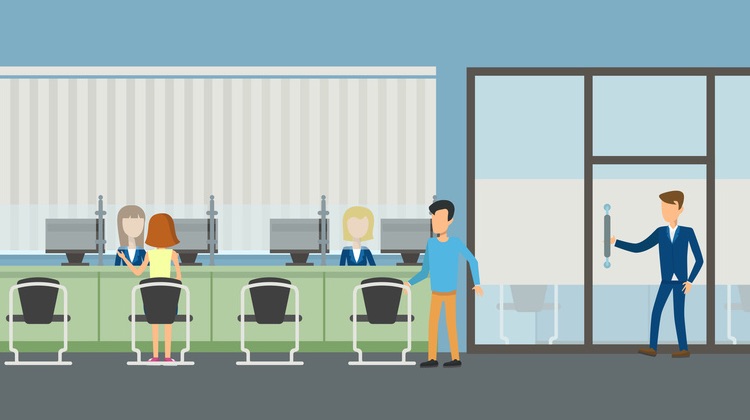The Customer Effect
Five charts that show how physical bank branches are here to stay
- Banks may be reducing their branch presence, but branches are still one of the most important parts of the business.
- Branch customers have higher satisfaction levels than mobile customers, according to a J.D. Power report.








